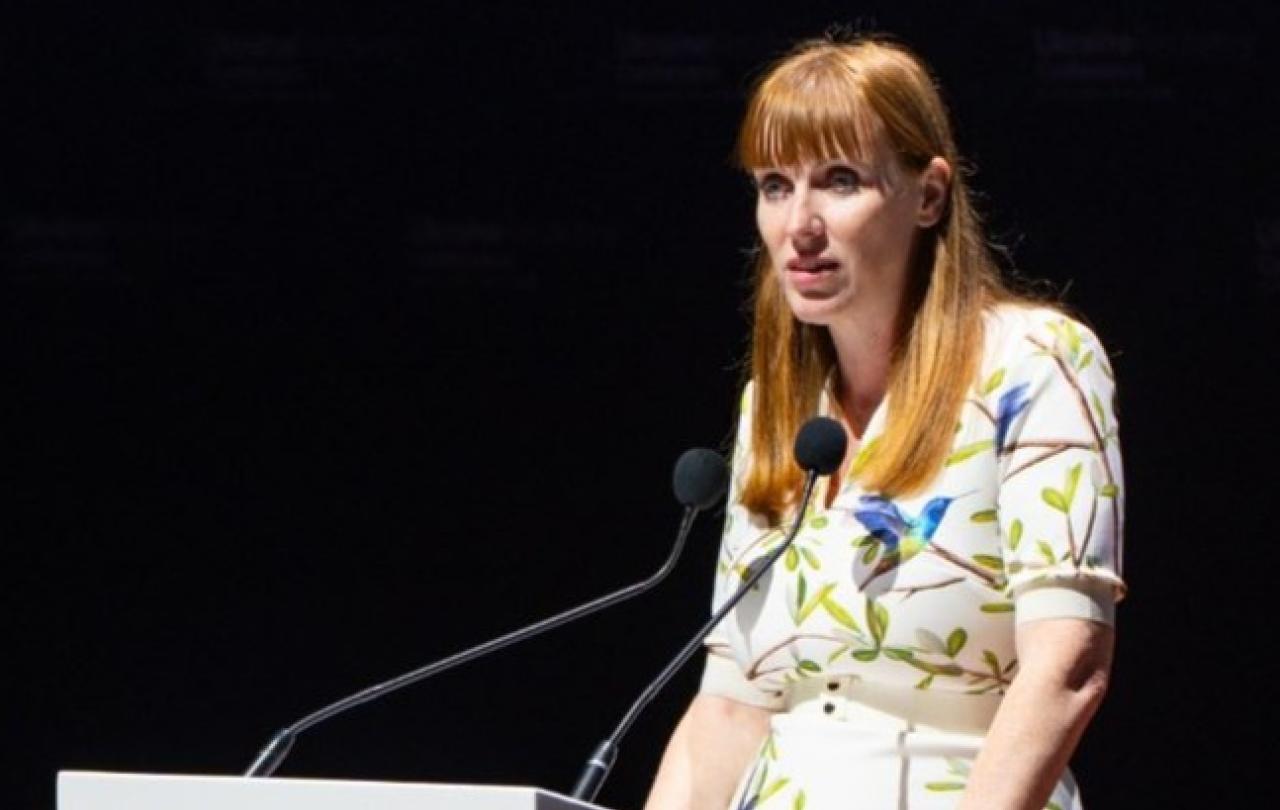
I admire my friend Clive Stafford Smith for two principal reasons. He’s a demon pace bowler for my Vicar’s XI cricket team. And, as a lawyer, he has dedicated his career to defending prisoners on death row. I’m not sure whether batsmen or US attorneys find him the more threatening. But I know I’d want to have him on my side, whether on the pitch or in court.
We always have to be careful how we describe people these days. I nearly wrote that Clive is an atheist; more accurately he is an unbeliever. He’s certainly pleased to have God on his side if it means appealing to the Christian conscience of jury members in a capital trial.
But it’s two very ordinary comments that I remember from hanging out with him, which come to mind now as we witness the hatred of war in the Middle East and which evoke words spoken to me by the principal of my theological college some years ago:
“Be very careful to notice, George, where you encounter the Christ.”
Meaning that it won’t necessarily be among the pious, the faithful and the churched.
The first was a comment I heard Clive make in an interview:
“It’s always been a rule of my life that if someone is being hated, you have to get between the hated and the hater.” I have tried, when I can, to stand in the corner of what we might call the “hatee”.
The second was a phrase spoken by an actress in a play that arose from Clive’s work with the charity he co-founded, Reprieve. It’s a monologue comprising the story and the court evidence given in the US by Lorelei Guillory, whose six-year-old son Jeremy was taken and murdered by Rick Langley.
Lorelei visited him in jail and subsequently appeared as Clive’s witness to plead that Langley be spared the death penalty. Her breathtaking words of explanation, which have stayed with me since, were simple:
“Sometime the killing just has to stop.”
It’s the simplest words that cut through the political noise and sophistry. I believe the voices of western powers should be calling for, insisting upon or even demanding a ceasefire between Israel and Hamas in Gaza. Our Church leaders have done so. But these voices are called naive or simplistic or disloyal, or worse.
In the UK, London Mayor Sadiq Khan has called for a ceasefire, pitching him against his political party leader Sir Keir Starmer. Khan is a Muslim – again, let’s be careful to note where we encounter the authentic voice of peace. Conservative minister Paul Bristow has been sacked by the government for calling for a ceasefire, while prime minister Rishi Sunak continues to mouth that “Israel has a right to defend herself.”
So, the call for peace, against the grain of power, comes from across the political spectrum. Against it are the claims of naivety and disloyalty, which state that the situation is far too complex for peace or that Israel must be left to its own self-determination.
Faced with complexities and impossibilities, both these writers seem to conclude, almost in prayer, with a yearning for peace
But even here the runes read for ceasefire. Take two recent and prominent commentators on the conflict, again from across the political spectrum. And, again, we must be careful, in this febrile climate, how we describe people. These are not Jewish commentators, so much as columnists who happen to be Jews.
One, Jonathan Freedland in the Guardian, writes a superb piece that this isn’t about Team Palestine versus Team Israel and picking which is wrong: “Israeli novelist and peace activist Amos Oz was never wiser than when he described the Israel/Palestine conflict as something infinitely more tragic: a clash of right v right.” His pay-off is devastating: “There are no winners – only never-ending loss.”
The other, Daniel Finkelstein in The Times, writes equally soundly that foreign observers, calling for ceasefire, fail to understand Israel’s roots. He cites 1958’s blockbuster novel-to-movie Exodus to posit that Khan’s call for a ceasefire “was not merely wrong, not merely absurd… it was utterly pointless.”
Yet he concludes with a quote from Exodus’s final scene beside an Arab and Israeli grave:
“... the dead always share the earth in peace. And that’s not enough. It’s time for the living to have a turn.”
Then Finkelstein’s own pay-off:
“May it come to pass.”
Faced with complexities and impossibilities, both these writers seem to conclude, almost in prayer, with a yearning for peace. It’s difficult to see how that peace comes without ceasefire.
I’ve referenced a Muslim and Jewish voices so far. What of the third Abrahamic faith, the Christian voice?
One hopes it joins the others, with the old hymn’s still, small voice of calm. It has to call for ceasefire. Because as my friend Clive puts it, we have to get between the hated and the hater. And as Lorelei said, sometime the killing just has to stop.





